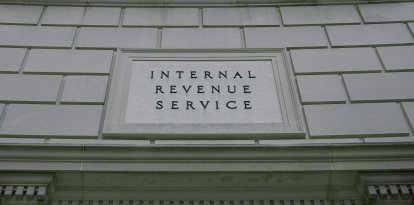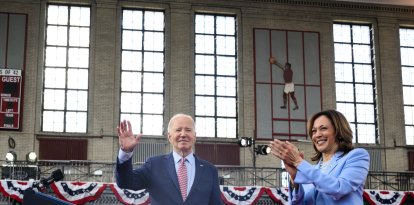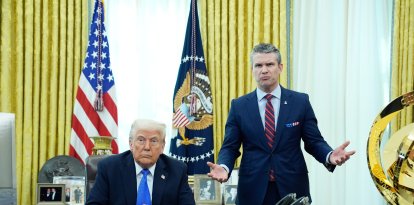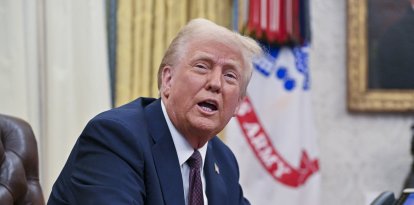Just days before the election, Kamala Harris promises to legalize recreational marijuana
The Democratic candidate expressed herself on social networks and assured that she will seek to create opportunities "for all Americans to succeed in this new industry."
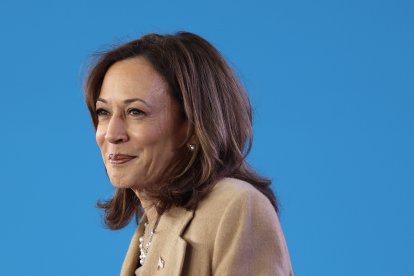
Democrat confirmed her plan for recreational marijuana on social media/ Charly Triballeau
Kamala Harris announced that she will seek to legalize recreational marijuana nationwide if she wins the presidential election. The Democratic candidate announced the proposal on her social networks and it would join the Biden administration's initiative to reclassify marijuana as a low-risk drug.
"I will legalize recreational marijuana, tear down unfair legal barriers and create opportunities for all Americans to succeed in this new industry," Harris wrote on her X account.
Harris' initiative would have to pass through Congress, so she would need to negotiate with Republicans or try to pass it through budget reconciliation, should it apply. As of October 2024, twenty-four states have already legalized cannabis recreationally, although this number rises to forty if we include those who have exceptions for medicinal use.
As reported from Bloomberg Intelligence, between the results of the presidential elections and the electoral initiatives, for example that of Florida, a legal market of $32 billion is at stake.
Harris had already commented on the possibility of boosting the cannabis industry in mid-October, when she promised to push for a"national cannabis industry."
Marijuana as a low-risk substance?
Months ago, President Biden formally initiated the process of reclassifying marijuana from a restricted substance (Schedule I) to a low-risk substance (Schedule III).
What is this reclassification about? According to the Drug Enforcement Administration (DEA), and with the regulatory backing of the Controlled Substances Act (CSA), which establishes U.S. federal drug policy, drugs are classified as follows: Schedule I, Schedule II, Schedule III, Schedule IV and Schedule V, with Schedule I being the most dangerous and Schedule V being the least dangerous.
"Drugs, substances, and certain chemicals used to manufacture drugs are classified into five (5) distinct categories or schedules based on the acceptable medical use of the drug and the potential for abuse or dependence on the drug. The rate of abuse is a determining factor in the classification of the drug; for example, Schedule I drugs have a high potential for abuse and for creating severe psychological and/or physical dependence. As the classification of the drug changes (Schedule II, Schedule III, etc.), so does the potential for abuse (Schedule V drugs represent the lowest potential for abuse)," explains the DEA's official website.
RECOMMENDATION



